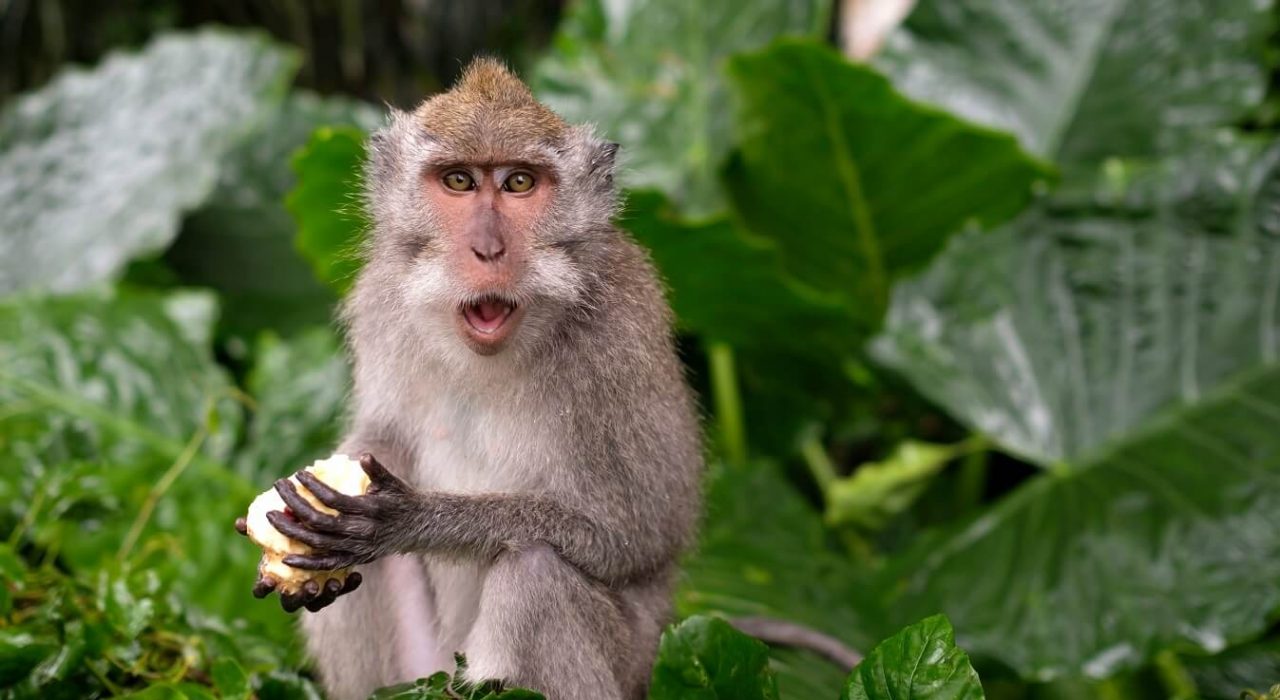Introduction
In this blog post, we are going to look into the most basic and initial perception of food – the perception of external signals. On a more conceptual level, we will look into how and for what purpose, do organisms perceive food and how this drives behavior. We will also dive deeper into neural correlates, which provide the integration of the perceived information, into a behavior.
Sensory perception and response initiation
Every species has a collection of sensory receptors, that allows it to perceive the environment. This allows the organism to react to it and form life-sustaining behavior. The collection of all the sensory systems forms an array of possible interactions with the environment – Umwelt [1]. For this, the organism requires some sort of a sensory system, that allows to sense the environment and transmit the data of the perception, to its own sensory integration unit – nervous system. As it was defined by Sheerington [2], the (central) nervous system allows for two basic types of behavior:
- anticipation and
- consummation.
Anticipation is formed on the basis of the currently sensed distal sensory information – sight, smell, and hearing in combination with the organisms’ knowledge or previous experience. The knowledge can come either from its own experiences i.e. individual memory or as innate responses via gene expressions – the experience of the ancestors. These associations between the sensory data and the knowledge of the organism allow it to appraise the perceived item on the scale of providing a value i.e. reward, which can have a positive or negative valence. The orientation of the valence forms either a move towards the perceived item – liking or away from it – aversion. These are described as consumption responses.
Consumption can, therefore, be defined as a (motor) response of the organism, based on the rewarding value and consequently nature of the perceived item or cue. These are more species-dependent, but there exist many similarities, amongst species themselves. (picture of facial expression). As it was suggested in [3], the anticipation can be labeled as a learned, while consumption as an innate response.
Neural correlates of anticipation and consummation responses
The integration of the external signals into a valid behavioral response is formed in the organism’s nervous system. Research looking at organisms with a brain has shed a good level of understanding as to how and where these signals interact. The most profound influence on behavior modulation has the neurotransmitter dopamine, starting in the deep layers of the nucleus accumbens – Nac. While dopamine is usually known as a pleasure producing hormone, research suggests that its role is more in initiating a motor response, rather than coding pleasure itself. This means that dopamine is responsible for planning and executing the appropriate movement-related action i.e. consumption. Tha appraisal mechanisms on the other hand are coded by the opioid, endocannabinoid, and GABA-benzodiazepine neurotransmitter systems [4], [5].
While dopamine is usually known as a pleasure producing hormone, research suggests that its role is more in initiating a motor response, rather than coding pleasure itself.
Examples of external signals modulating behavior
After understanding the basic psychological models and neurological correlates of behavior formation, let’s look at some examples of how the perceived external signals modulate behavior. If we look at research about primates we see that the food selection process is very much dependent on this type of information. As it was discussed in [6], primates use distal sensory information (sight, smell, sound, and touch) to appraise the food item from different levels of distance. Sight and sound allow for longer distance item recognition and localization, while in the shorter range, analysis of the appropriateness of consumption. Sight here is used for surface analysis, while the sound is used for structure analysis, which can be derived from chewing. The smell allows for the recognition of food and some of its properties based on its aroma, while touch allows for another set of surface and structure analysis. It is interesting to note the different species of primates present as they all emphasize a different specialization on a different set of modalities.
Conclusions
In this post, we have looked at the basic mechanisms of integrating external sensory information into a behavioral response. Sensory information coming from our environment provide an interface for understanding behavior responses in relation to food. Together with the reward system, this interplay presents the basis for explaining the mechanisms of attitude and habit formation. With humans, on top of the different innate responses towards a specific property of an item, there exists a vast array of cognitive-based mechanisms, coming from our culture, as well. This adds another level of complexity to the topic of food choice and decision making [7].
References
[1] J. von Uexküll, “The Theory of Meaning : Semiotica,” Semiotica, vol. 1982, no. 42, pp. 25–79.
[2] C. Sherrington, The Integrative Action of the Nervous System. CUP Archive, 1910.
[3] S. Ikemoto and J. Panksepp, “The role of nucleus accumbens dopamine in motivated behavior: a unifying interpretation with special reference to reward-seeking,” Brain Res. Rev., vol. 31, no. 1, pp. 6–41, Dec. 1999, doi: 10.1016/S0165-0173(99)00023-5.
[4] D. C. Castro and K. C. Berridge, “Opioid Hedonic Hotspot in Nucleus Accumbens Shell: Mu, Delta, and Kappa Maps for Enhancement of Sweetness ‘Liking’ and ‘Wanting,’” J. Neurosci., vol. 34, no. 12, pp. 4239–4250, Mar. 2014, doi: 10.1523/JNEUROSCI.4458-13.2014.
[5] K. C. Berridge, T. E. Robinson, and J. W. Aldridge, “Dissecting components of reward: ‘liking’, ‘wanting’, and learning,” Curr. Opin. Pharmacol., vol. 9, no. 1, pp. 65–73, Feb. 2009, doi: 10.1016/j.coph.2008.12.014.
[6] N. J. Dominy, P. W. Lucas, D. Osorio, and N. Yamashita, “The sensory ecology of primate food perception,” Evol. Anthropol. Issues News Rev., vol. 10, no. 5, pp. 171–186, Jan. 2001, doi: 10.1002/evan.1031.
[7] C. M. Hladik and B. Simmen, “Taste perception and feeding behavior in non-human primates and human populations,” Evol. Anthropol., vol. 5, pp. 58–71, 1996.
